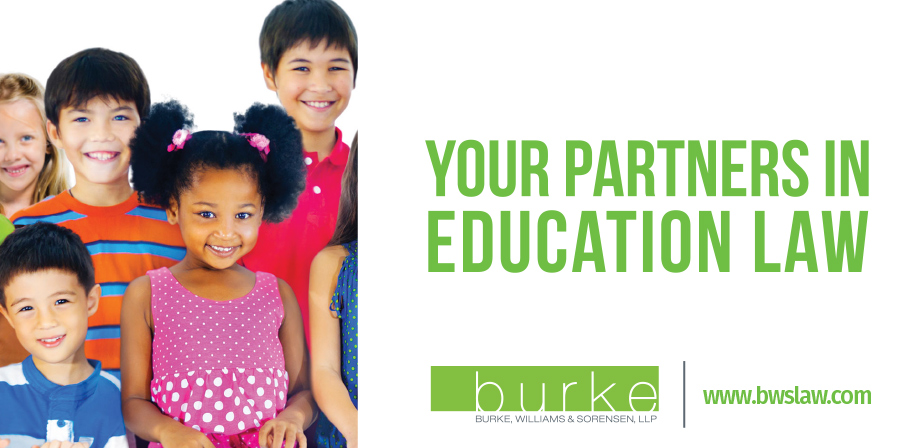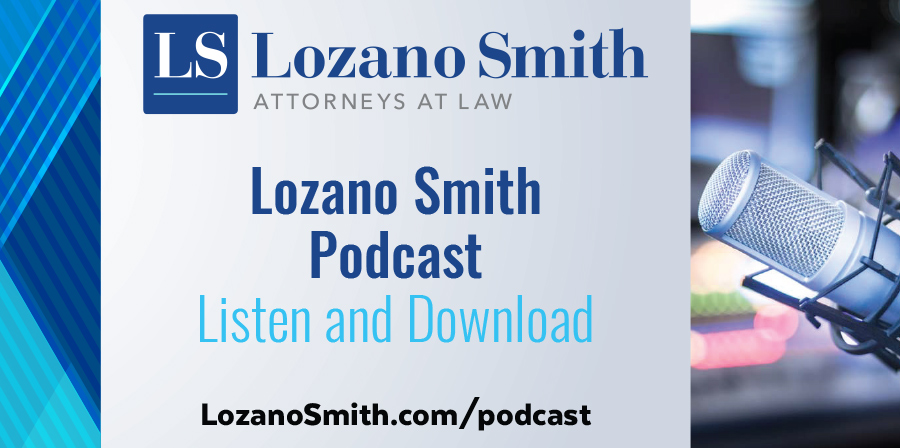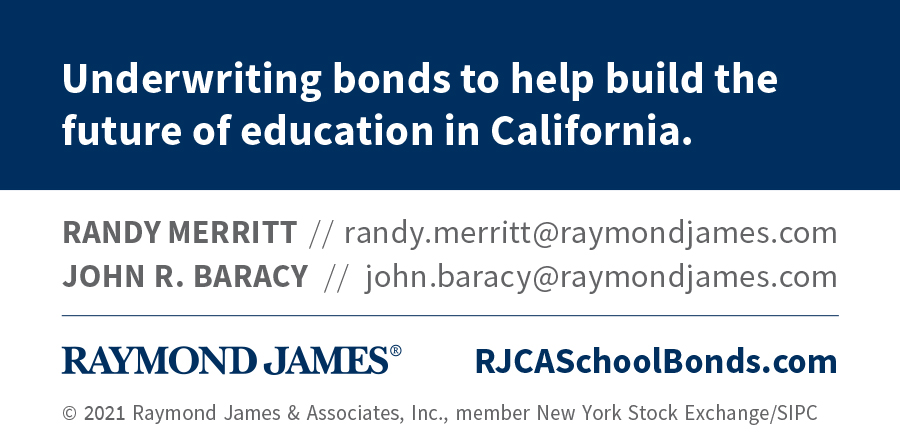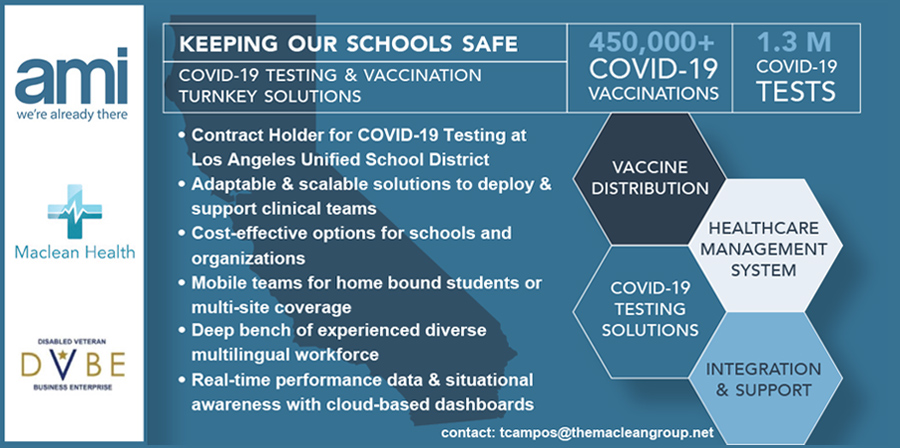
In recent months, board members across California have been subject to verbal and physical assaults, death threats, been forced to abandon meetings because of disruptions and have had to hire security in some instances. These tensions are due in large part to anger over state-imposed COVID-19 mitigation strategies like wearing masks and debates on ethnic studies and critical race theory.
covid-19
Resources


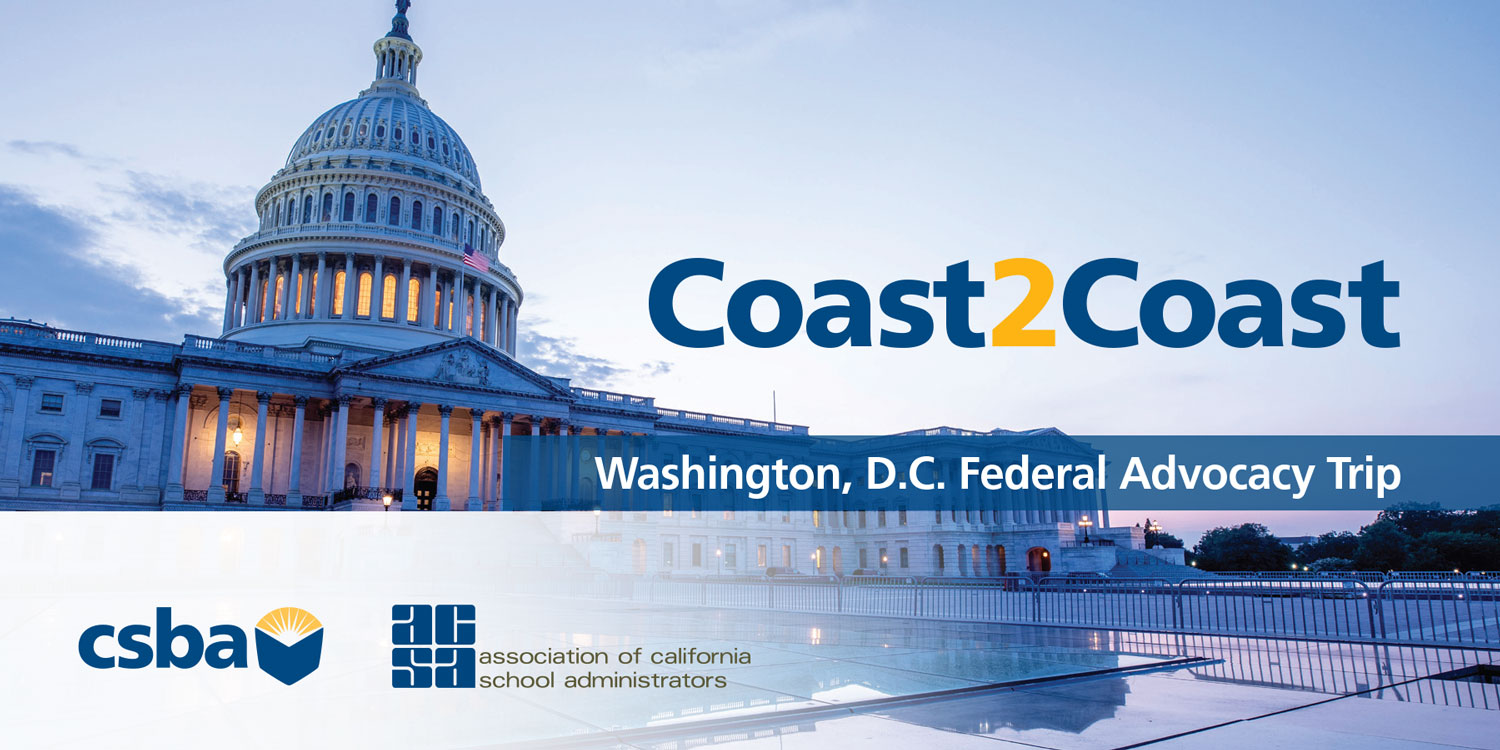
The event will begin with a day of education policy issues specific to California, an “insider’s” briefing on the latest politics affecting federal education policy, and a networking opportunity with prominent D.C. figures and fellow educators. The training is followed by two days of meetings on Capitol Hill to advocate directly with California congressional representatives, White House officials, key federal agency leaders and other top policymakers.

Troy Flint | tflint@csba.org
Managing Editor:
Kimberly Sellery | ksellery@csba.org
Marketing Director:
Andy Rolleri | arolleri@csba.org
Staff Writers and Contributors:
Alisha Kirby | akirby@csba.org
Heather Kemp | hkemp@csba.org
Mike Ambrose | mambrose@csba.org
Graphic Design Manager:
Kerry Macklin | kmacklin@csba.org
Senior Graphic Designer:
Mauricio Miranda | mmiranda@csba.org
Susan Heredia | Natomas USD
President-elect:
Vacant
Vice President:
Susan Markarian | Pacific Union ESD
Immediate Past President:
Xilonin Cruz-Gonzalez | Azusa USD
CEO & Executive Director:
Vernon M. Billy
California School News (ISSN 1091-1715) is published 11 times per year by the California School Boards Association, Inc., 3251 Beacon Blvd., West Sacramento, CA 95691. 916-371-4691. $4 of CSBA annual membership dues is for the subscription to California School News. The subscription rate for each CSBA nonmember is $35. Periodicals postage paid at West Sacramento, CA and at additional mailing office. POSTMASTER: Send address changes to California School News, 3251 Beacon Blvd., West Sacramento, CA 95691.
News and feature items submitted for publication are edited for style and space as necessary.

School staffing shortages put damper on historic infusion of funds
A March 2021 report from the Learning Policy Institute, California Teachers and COVID-19: How the Pandemic Is Impacting the Teacher Workforce, found that most districts are experiencing teacher shortages, especially for math, science, special education and bilingual education. The California State Teachers’ Retirement System, or CalSTRS, reported a 26-percent increase in the number of teacher retirements in the second half of 2020, compared with the same period in 2019. And in the 2020–21 school year, 13,558 of California’s teachers retired, 1,000 more than the previous year.

As the pandemic drags on and the delta variant continues its rapid spread throughout the country — the variant accounts for 90 percent of California infections and 99 percent in the U.S. — guidance for local educational agencies has been balancing two major goals: keeping students safe and keeping them in school.
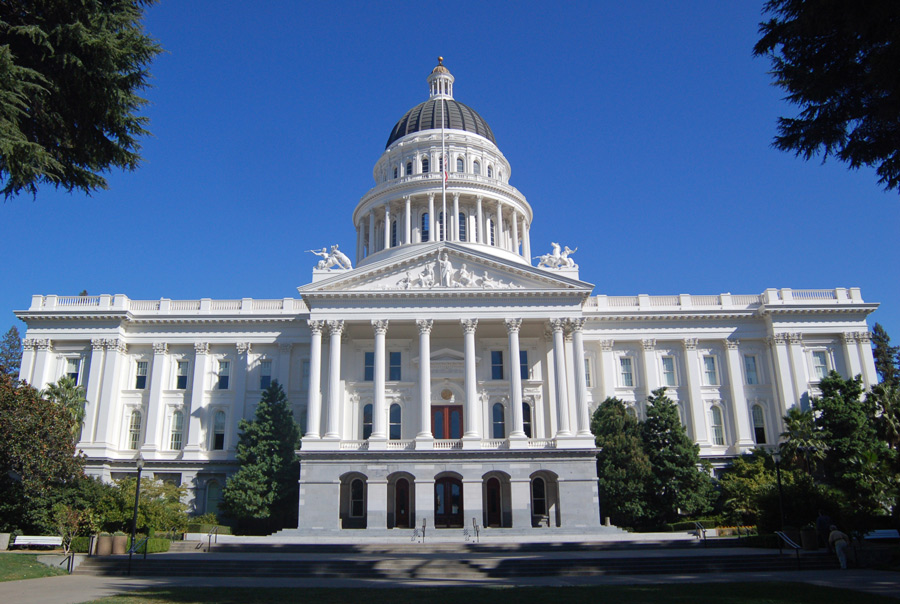

An important component of a school board meeting is public comment. We want to hear from our stakeholders. The pandemic and its connected issues have resulted in increased attendance and an increase in public requests to speak at school board meetings. One best practice for governance teams during public comment is to set a specific time limit for each speaker and for each agenda item.
For example, CSBA sample Board Bylaw 9323 states that “in general, individual speakers are allowed three minutes to address the board on each agenda or non-agenda item, and the board will limit the total time for public input on each item to 20 minutes. However, in exceptional circumstances when necessary to ensure full opportunity for public input, the board president may, with board consent, adjust the amount of time allowed for public input and/or the time allotted for each speaker. Any such adjustment shall be done equitably to allow for a diversity of viewpoints. The president may also ask members of the public with the same viewpoint to select a few individuals to address the board on behalf of that viewpoint.
In order to ensure that non-English speakers receive the same opportunity to directly address the board, any member of the public who utilizes a translator shall be provided at least twice the allotted time to address the board. This is true unless simultaneous translation equipment is used to allow the board to hear the translated public testimony simultaneously.” (Government Code 54954.3)
Qualified individuals interested in being nominated from the floor of the Delegate Assembly for either President-elect or Vice President must submit a complete Declaration of Candidacy packet along with their written intention to run on or before Monday, Nov. 1, 2021. Intentions to run from the floor and the packet must be submitted to CSBA President Susan Heredia at sheredia@natomasunified.org and the Nominating Committee Chair Daniel Babshoff at daniel.babshoff@kermanusd.com.
“When I think about what the LCAP was intended to do — to be a strategic document to guide instructional planning and provide services to our most needy students — I’m afraid that it has turned into a complex accounting document that only CPAs [certified public accountants] can understand and only CPAs can fill out,” said board member Sue Burr. “How can we return to what the original intent was while still keeping the needed accountability?”

School and county boards of education, like other elected bodies, can make political statements as a collective entity, and can take actions to dissociate themselves from the statements of an individual member, at times using the legislative mechanism of censure to do so. Many boards in California have a policy explicitly allowing the board to censure individual members under certain circumstances, and the often-used Robert’s Rules of Order authorizes the practice.

The new model aggregates and reports data by local educational agency and student group, including racial and ethnic categories and other student characteristics. A score of 100 means that, on average, students are meeting their expected growth. A score below 100 means that, on average, students scored lower than their expected growth and vice versa.

Mental health issues among children, teens and young adults — specifically, depression, anxiety, substance abuse disorders and an alarming trend toward suicide — represent a growing problem across the country and, in recent years, have increased significantly. Creating access for youth to appropriate mental health services is particularly challenging in areas such as Fresno County, due to its large size and the make-up of its communities. Fresno County is over 6,000 square miles and is home to a high percentage of farming and agricultural communities in rural and remote regions with limited resources. Many families in these areas, as well as metro areas, face challenges related to poverty, trauma, food insecurity and lack of access to health care. All these factors contribute to mental health challenges.
Between the lack of face-to-face socialization children have had with peers over the last year and a half and the trauma experienced by many as a result of the pandemic, education officials have been preparing to handle challenging student behaviors through expanded social-emotional curriculum, relationship-building and open communication.
As it happens, those strategies are likely to aid in the prevention of bullying, according to Judy French, National Bullying Prevention Center coordinator at the center’s Los Angeles office. Because bullying is a learned social behavior, social-emotional learning provides an opportunity to set kids on a different path and build stronger relationships with school staff.
“Once you understand that bullying is a learned behavior, that there are things we can do to create healthier communities, why not do them?” French asked. “We’re starting to see that the social-emotional learning helps facilitate healthier relationships, helps facilitate communication. Those are linchpins for solving problems like bullying. And that’s what I think is the biggest difference over the last few years, not that bullying can get more complex and sophisticated, but that we have a better idea of how to prevent it, not just intervene.”
A record-setting 177 county education leaders registered for CCBE’s 2021 Annual Conference from Sept. 10–12 at the Hyatt Regency Monterey. About 50 registrants attended virtually in the organization’s first hybrid conference. Conference committee chair and CCBE President-elect Joe Ross of the San Mateo County Office of Education credited CCBE and CSBA staff for “making the event run so smoothly.”
The conference kicked-off with the “Pure Politics” keynote panel with Capitol Advisors representatives Kevin Gordon, Jack O’Connell and Barrett Snider. Four days prior to Gov. Gavin Newsom’s recall election, O’Connell shared his opinion on what the outcome, one way or the other, could mean for public schools.
While discussing the future of education funding in an era of statewide declining enrollment, Snider said local educational agencies are “going to need to change the hearts and minds of the public” if they are going to convert to a different allocation formula, such as funding based on enrollment.
MIG Course 4: Human Resources/Collective Bargaining
MIG Course 4: Human Resources/Collective Bargaining
MIG COE Course 4: Charter Schools
Student Board Member Fall Training Session
IG Course 5: Community Relations & Advocacy/Governance Integration
The Brown Act
MIG COE Course 5: Community Relations & Advocacy/ Governance Integration
MIG Course 5
2021 Annual Education Conference and Trade Show
2021 Annual Education Conference and Trade Show





